A fun reading comprehension strategy activity for students to use after reading a text.
Use this teaching resource in the classroom as a reading group activity after reading a set text.
Students make their paper fortune teller then take turns playing with them, applying a range of comprehension strategies to answer the questions that correspond to the number under each flap.
The comprehension questions on this template include:
1. Was the author’s purpose to entertain, inform, or persuade the reader? Explain your answer.
2. What was the main idea of the text?
3. What was one fact you read in the text?
4. What was one opinion you read in the text?
5. Does this text remind you of a personal experience? Explain.
6. Explain what you think might happen next in the text.
7. In less than one minute, explain what the text was about.
8. How did the main character in the text feel? Why did they feel this way?
To make it a fun game, make a tally of how many questions each person can answer in a minute. The person with the most answered questions is the winner!
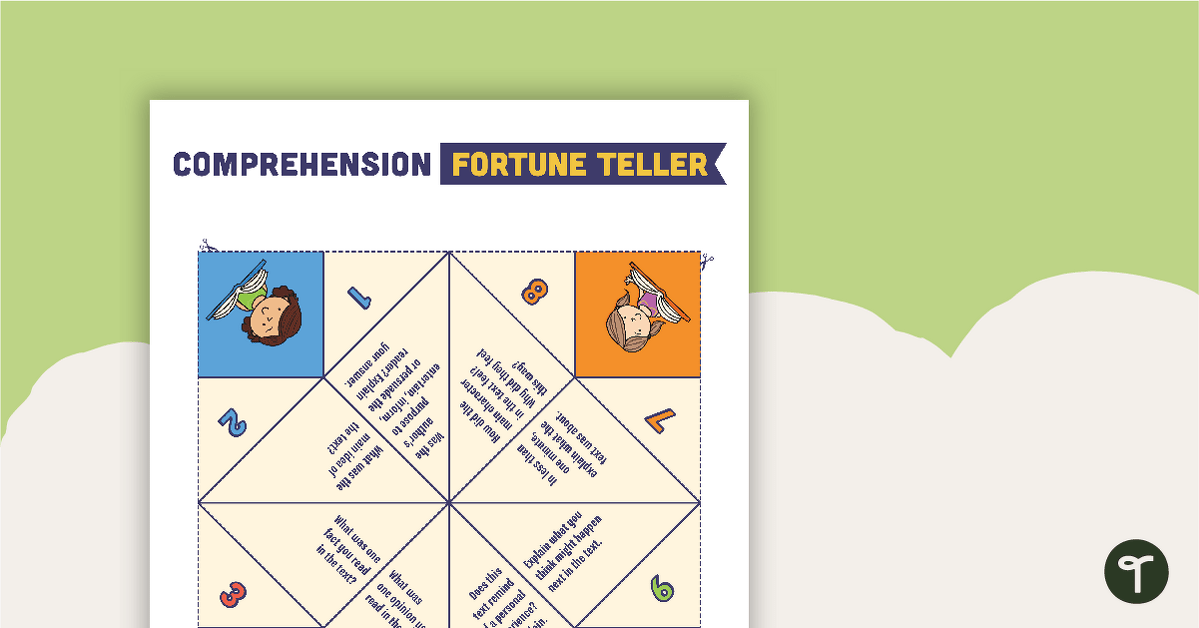

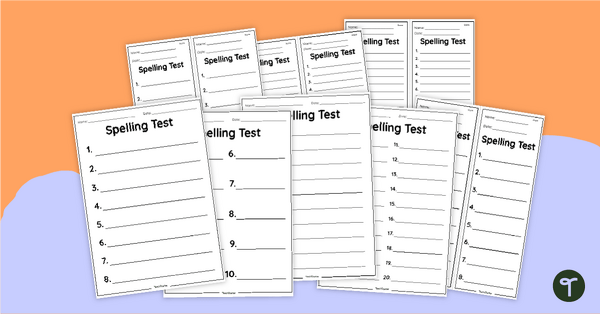
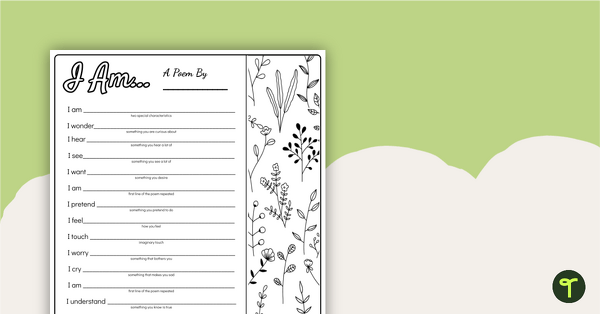
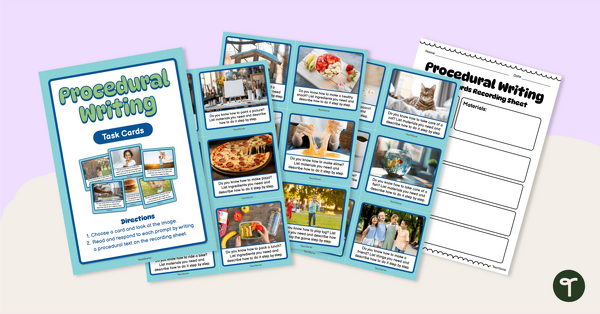
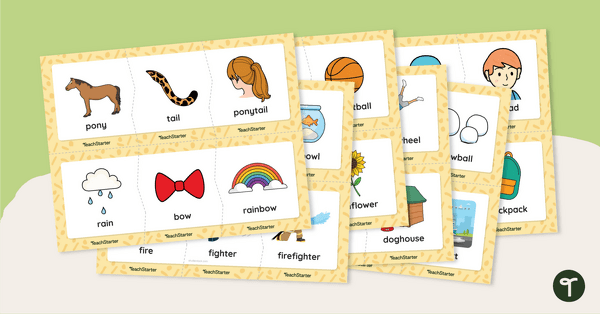
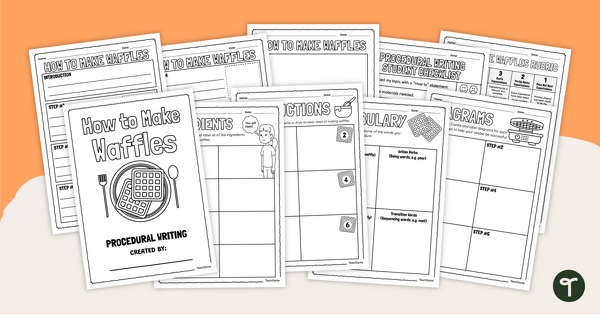
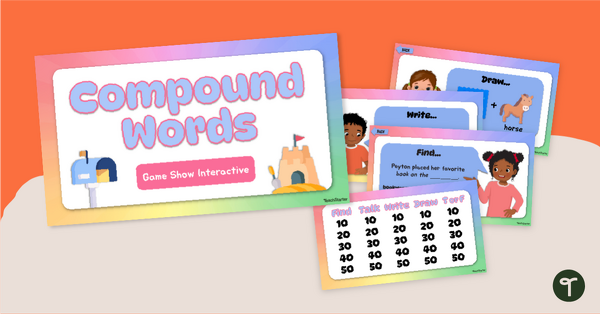
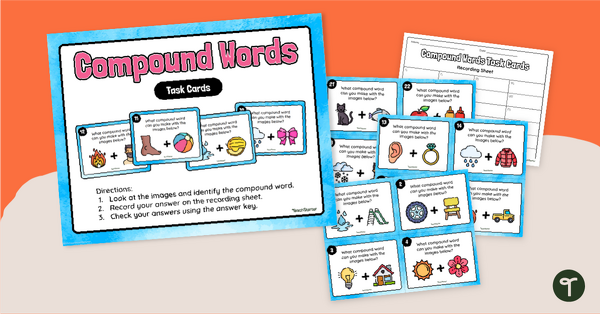
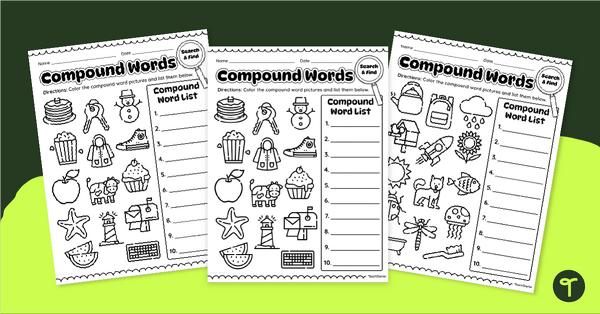
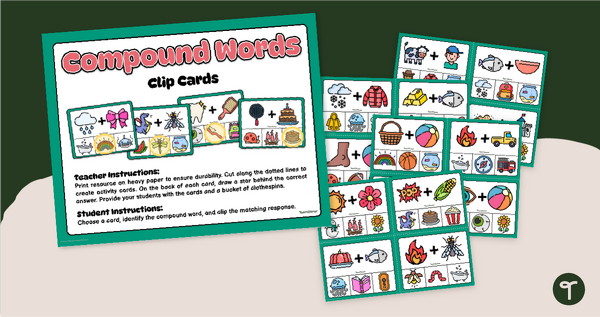
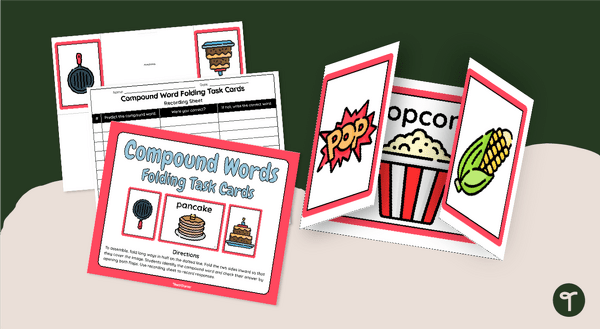
0 Comments
Write a review to help other teachers and parents like yourself. If you'd like to request a change to this resource, or report an error, select the corresponding tab above.